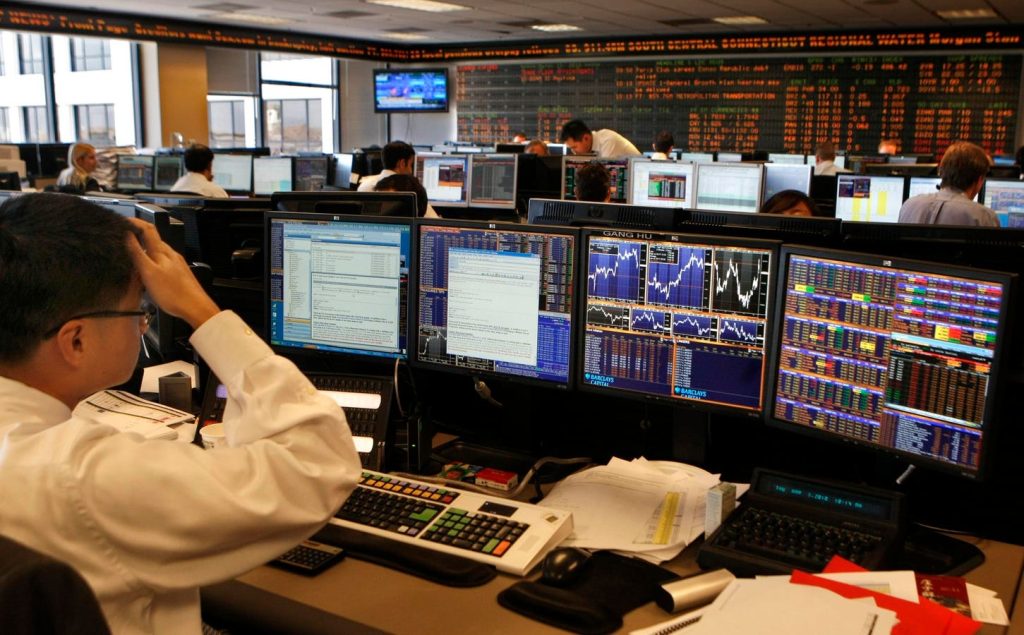We seem to be living in a world of two realities when it comes to forecasting future interest rates.
On the one hand much of the media is indicating that sooner rather than later the Federal Reserve will cut its benchmark short-term Fed funds rate.
The logic behind this idea is that the inflation has drastically fallen. And at least that element is true. Inflation for March read 3.5%, down from a jaw-dropping 9.1% in June 2022, according to data collated by the Trading Economics website.
If what is happening now was the only question that investors wanted to answer then yes possibly the Fed might cut its rates. Remember the central bank put up rates for one purpose only: To crush the inflationary surge.
However, there is far more to the inflation story.
First, the bond market is telling something completely different right now. Since late December lastbyear the value of the iShares 7-10 Year Treasury Bond exchange-traded fund (IEF
iShares 7-10 Year Treasury Bond ETF
) has steadily fallen, according to data from Yahoo Finance. That indicates that bond market investors believe interest rates are moving higher. Bond prices move inversely with yields, so when yields are higher then prices fall.
“The bond market has been telling you about rising inflationary pressures all year,” writes JC Parets, founder of technical analysis firm AllStarCharts. Among many other things, technical analysts look at price charts to inform where they should make their investments. This is the bond market is telling us inflation is ready to go up, he explains.
Why does he care more about the bond market than other parts of the financial system? It’s good question. But I’ll hazard an educated guess. Bond market professionals are some of the smartest people on Wall Street. The math required to be a successful bond trader, or analyst or portfolio manager is far harder and far more puzzling than in most other parts of financial system. This also explains why some fixed-income experts speak in jargon that few outside that sector can understand.
Nevertheless, we don’t have to understand the thinking of the bind wizards, we only have to watch what they are doing. And in this case, just like Parets and his colleagues suggest, all we need to know is that its clear that they are betting interest rates are going higher.
Why are they going higher? That’s likely because inflation is set to surge again.
It doesn’t take a genius to see that there is plenty of potential for energy supplies to be disrupted. We saw evidence of that when Israel and Iran traded attacks on each other. The result was a jump in oil prices. It’s reversed now, but that’s only because the fighting returned to its previous level.
However, it doesn’t seem like the underlying reasons for the conflict have dissipated. Experts say the Hamas-Israel war could reignite and spread across the region that accounts for 40% of the world’s energy.
Then there is the war between Ukraine and Russia. That has been something of a stalemate recently, but that may escalate soon as money from the U.S. allows Ukraine to fight better against Russia. Could Russia bring in its allies to help counter the resurgent Ukrainian military? Very possibly, and in doing so could spread that war across the region.
Why does that matter? As wars spread, non military production falls sending prices for vital food and materials higher. That could in all likelihood send inflation back higher on a global basis and led central bankers to hike interest rates once again.
Read the full article here

